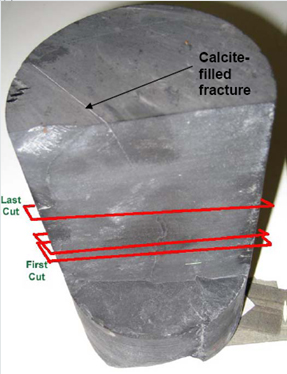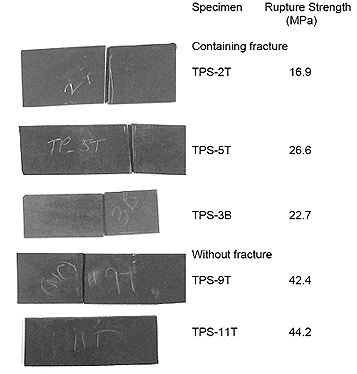Summary:
The Barnett and Woodford shales in the Delaware basin are being evaluated by several operators, who are looking for comparable success to the same formations in the Fort Worth and Arkoma basins. Fundamental questions of lithotype, fracture style, thermal maturity and in situ stress must be considered. This study focuses on the natural fracture system and how it might impact production and completions strategy.
The geometry of the fracture system, and its propensity to reactivate during hydraulic fracture treatment, depends on the mechanical properties of the rock at the time of fracturing together with the pore fluid conditions and stress state. These factors change during the history of a shale basin. It is imperative, therefore, to study the diagenetic changes that accompany burial of the shale through time. We developed a testing rig and protocol to measure tensile strength at the margins of calcite–filled fractures and of different lithotypes of the Barnett Shale. Measurements show that calcite-filled fractures are weaker than the surrounding shale (Figures 1, 2). This provides an explanation of why natural fractures reactivate during hydraulic fracture treatments.

Figure 1. Test specimen preparation for tensile testing, Red lines indicate the sample cuts made. Most of the slices are about 2.5 mm thick. A calcite-filled natural fracture is present in the top half of the core sample, tapering out approximately half way down the sample. Slices from the top part contain the natural fracture whereas those from the lower part do not

Figure 2. Tensile test specimens and results from the sample in Fig.1 (from 7611 ft in the Fort Worth Basin). The specimen photographs are arranged so that the top three rows are those with a calcite-sealed natural fracture, and the bottom two rows are specimens with no natural fracture. Rupture strengths for these specimens are shown at right. Specimens with a fracture are approximately half as strong as those without.
